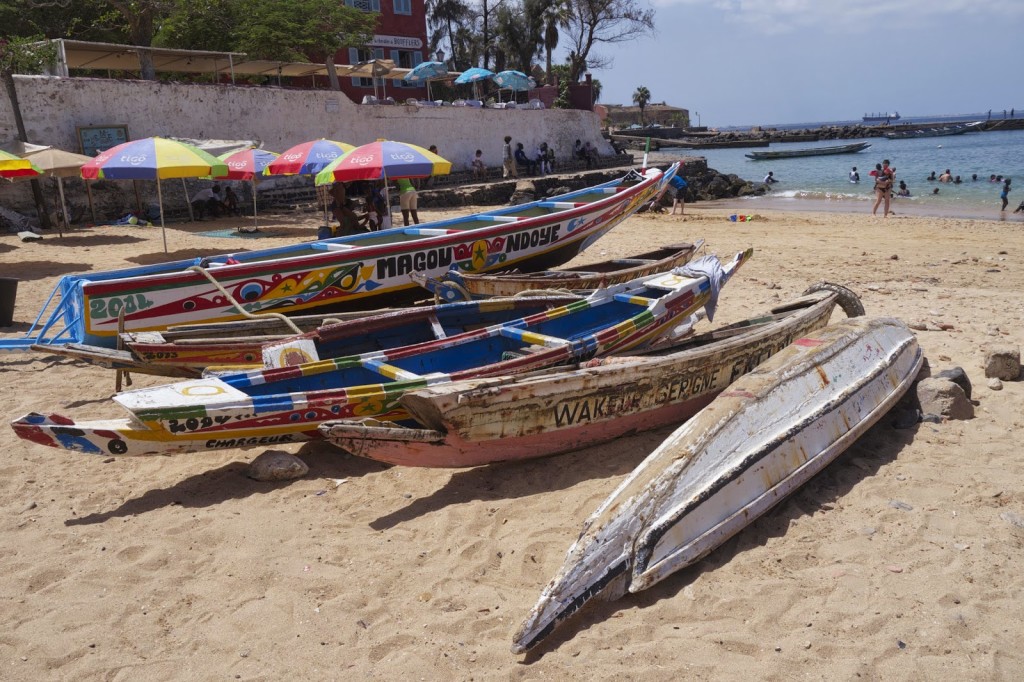
The Beautiful Goree Island in Senegal
Wander the sandy streets of tiny Goree Island in Senegal, and you might begin to feel that you were stuck in time. The tiny island off the coast of West Africa is a colonial gem with a relaxed Afro-European vibe. It is a place where sandy streets meander through groves of baobabs, where fishermen set out on vibrantly colored boats to find their fresh catch of the day, and where women walk the streets clothed in traditional batiks.
Goree Island is a picturesque place that feels worlds away from the freneticism of nearby Dakar. It is laid-back, car-free, and aesthetically pleasing.
If you look at the two pictures below, you might think they were taken at a house in the French countryside. Or perhaps in a quaint Italian village, where centuries-old crumbling houses have colorful coats of paint, green shutters and cascades of flowers and vines tumbling out of the crevices in the walls.
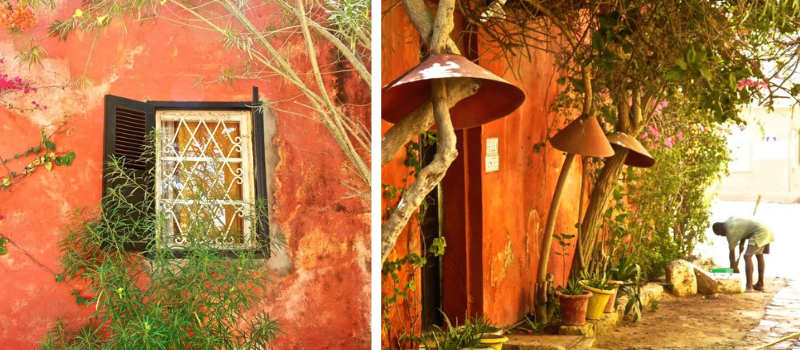
You probably wouldn’t think that these images were actually taken on a small island in Senegal, West Africa–a place associated with some of the worst horrors of the 19th century.
But they were.
The Island of Goree: A UNESCO World Heritage Site
Goree Island is one of the top things to see near Dakar and a must-see attraction during any trip to Senegal. For not only is the island a tranquil and beautiful place to spend the afternoon, but it is also one of the most historically-important places in West Africa.
From the 15th to the 19th century, Goree Island was one of the largest slave-trading centers in West Africa. Like Ouidah in Benin and Cape Coast in Ghana, it is a place from which thousands of black Africans were ripped from their homelands and sentenced to a life of indentured servitude in the Americas.
Ruled at various points by the Portuguese, Dutch, English and French, Goree Island’s architecture is very much reminiscent to that of colonial towns in other parts of Africa and the Americas. Its architecture displays the contrast between the grim slave quarters and the elegant houses of the slave traders.
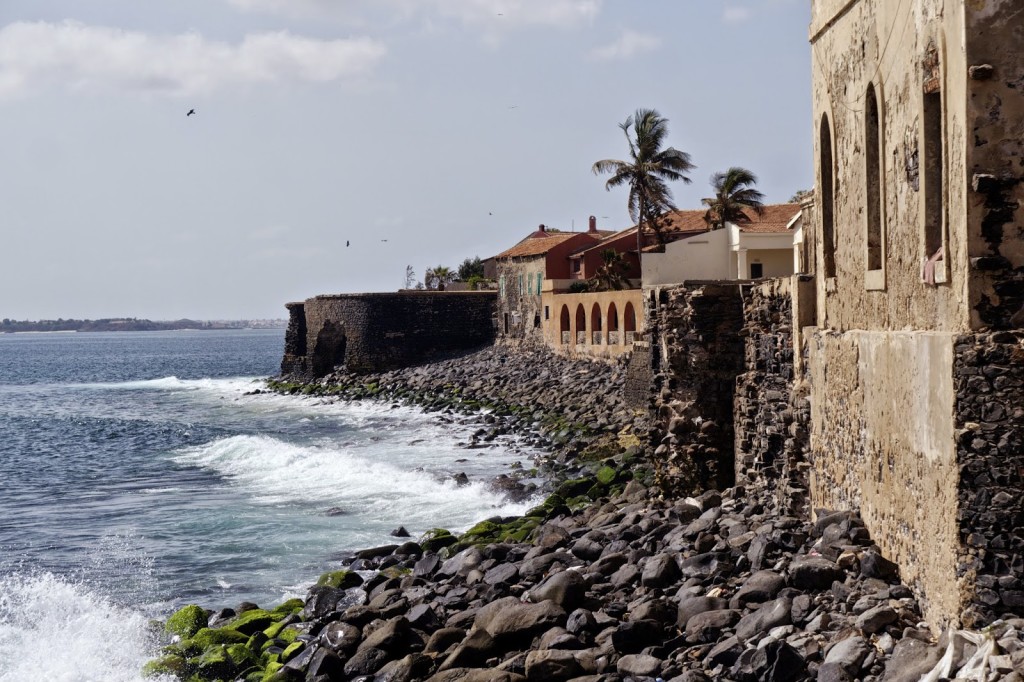
Today, the UNESCO World Heritage Site of Goree Island serves as a reminder of human exploitation at its most vile. And thanks, in part, to President Obama’s much-publicized visit in 2013, the island has become a renowned symbol of West Africa’s horrifying past.
Goree Island Day Trip from Dakar
I visited Goree Island as a day trip from Dakar on the second day of my short sojourn in Senegal. Since nobody else on my crew was particularly interested in taking a day trip to visit this famous trans-Atlantic gateway, I set off by myself on what I thought would be an hour-long tour of the island. It turns out that I spent nearly six hours roaming the picturesque streets, taking in the ocean views and watching local life unfold.
As it turned out, I loved Goree so much that I spent over six hours lounging about the island, admiring the colors around me and delving into its rich history.
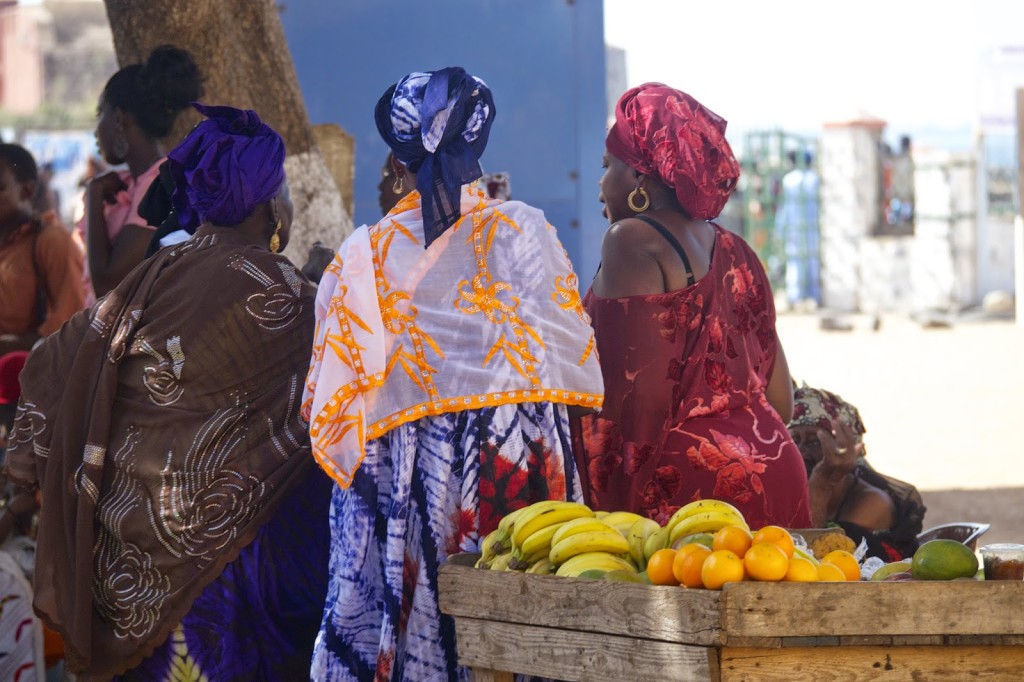
-
Getting to Goree Island from Dakar
In order to reach Goree Island from Dakar, I took a passenger ferry from the the gare maritime. The ferry from Dakar to Goree runs regularly from 6:15am until after midnight. The journey takes roughly twenty minutes and costs 5,200 CFA for non-residents.
Goree Island’s House of Slaves
Though Goree Island is perfectly picturesque, the UNESCO World Heritage Site is known more for its dark past than for its display of flowers, beaches and pretty buildings.
Perhaps the most notable tourist attraction on Goree Island is the “House of Slaves”–a pink-washed museum and slave trade memorial that houses the infamous “Door of no Return.”
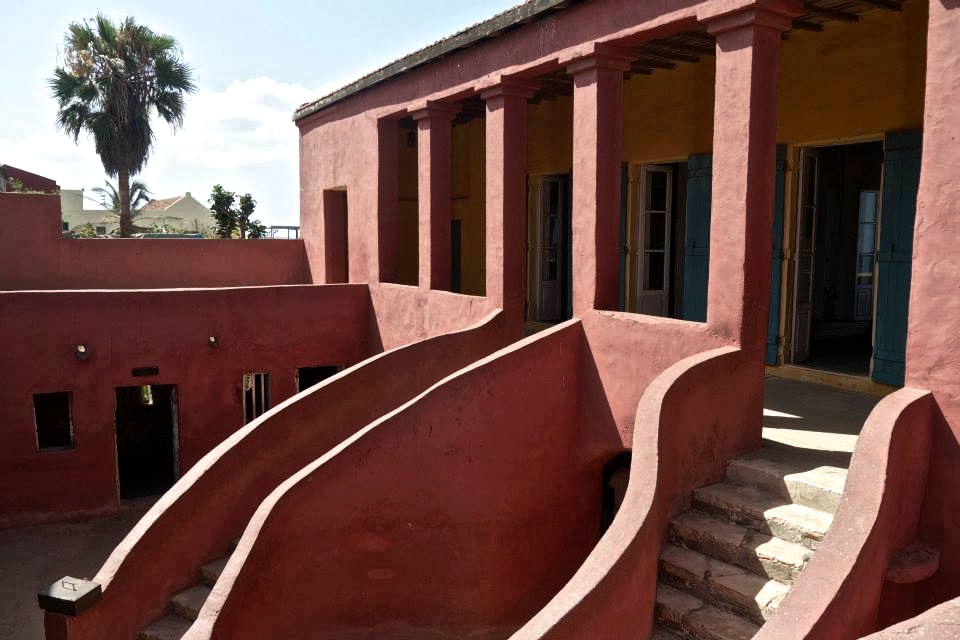
The actual relevance of the House of Slaves (and Goree Island in Senegal as a whole) in the trans-Atlantic slave trade has been debated by historians for the past century. Today it has become a place many associate with African slavery, though some argue that the principal gateways were actually elsewhere in Senegal and that very few slaves likely departed Africa from Goree Island.
Nevertheless, the House of Slaves and its Door of no Return have become symbols of the dark era in Africa’s past and a place of remembrance for the millions who lost their lives on the perilous voyage across the seas. perilous voyage across the seas.
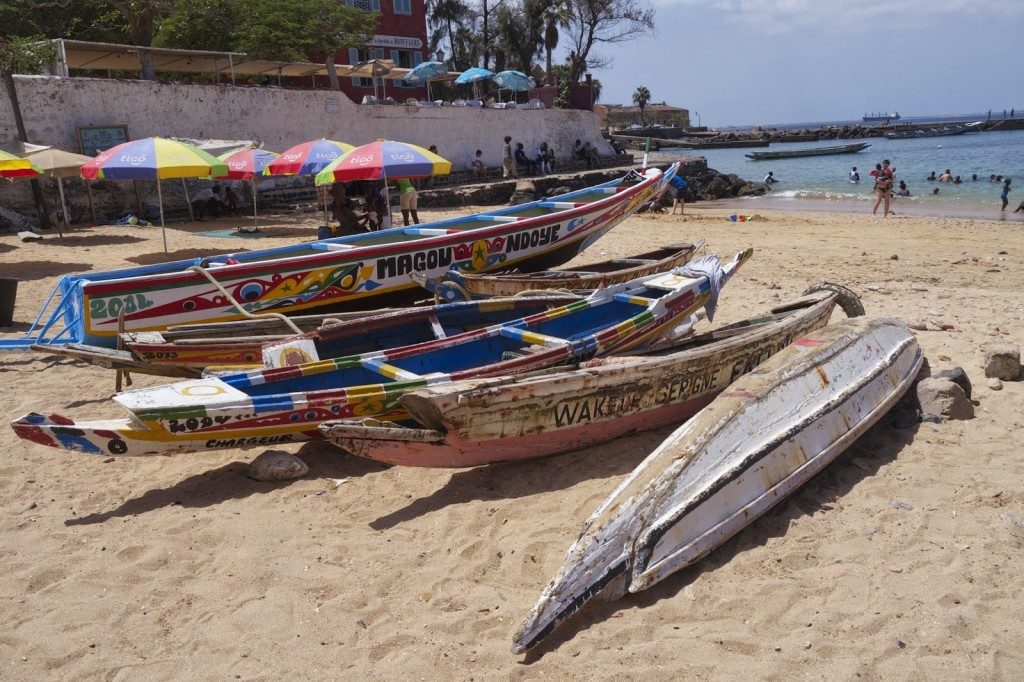
Goree Island’s place in Africa’s history books may not have been as significant as many believe, but a visit to the island is powerful and sobering nonetheless. Today, the island draws a mix of local day-trippers from Dakar seeking a getaway from frenetic city life, African American visitors seeking to reconnect with their roots, and a few curious tourists like me–tourists curious about delving deeper into the history of one of Senegal’s most beautiful, yet complex, destinations.
I visited Goree Island at a time when Ebola-related fears rocked the world. But I didn’t listen to those who tried to dissuade me from visiting Dakar. Instead, I used my own judgement to decide whether I felt safe going to Senegal.
And I’m glad I did.
Because visiting Goree Island presented me with an experience that was at once relaxing, enriching, educational, and sobering.

